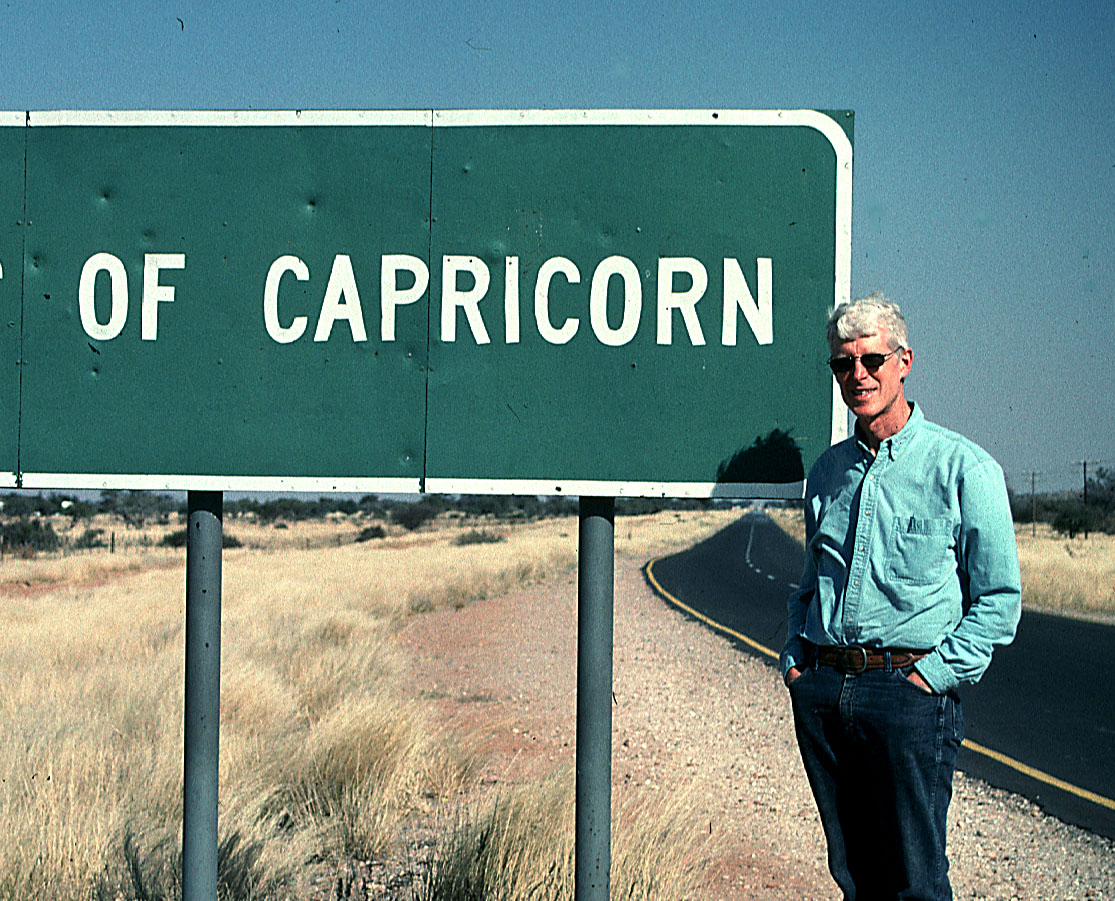

Ordovician K-bentonite beds in North America are present mainly in the Middle (Mohawkian) Series, but a few beds are known from older and younger Ordovician strata. In northwestern Europe Ordovician K-bentonites are widely distributed in Scandinavia, Poland, and the British Isles, and the Baltic States. The Deicke and Millbrig K-bentonites in North America and the so-called Big Bentonite in Baltoscandia are particularly thick and can be traced for several hundred kilometers. Based on biostratigraphic, geochemical, and petrographic data we have recently shown it is highly likely that the Millbrig and the Big Bentonite are distal remnants of the same ash bed. The recognition that the Ordovician K-bentonite can be traced from North America to Europe is of extraordinary interest and provides the first real opportunity to study lateral differentiation of the ash, the location of the source volcano, the volcano, the biological effects of giant Lower Paleozoic ash fall and, indirectly, the width of the Caradocian lapetus Ocean. More than 150 K-bentonite beds are also recorded from the Silurian successions in northwestern Europe. Of these, the best known occur in Great Britain, but those in Sweden, Norway, Denmark, Ukraine, and Estonia have also been subjected to several investigations. In contrast, less than 10 Silurian K-bentonites are known in North America, occurring mainly in the Great Lakes region and eastern Canada.
Magmatic discrimination diagrams show that the Ordovician and Silurian K-bentonites in both northwestern Europe and North America belong to a felsic calc-alkaline suite ranging from dacite to rhyolite and are characteristic of volcanism in a continental crust-based island arc setting along a destructive plate margin. Th-enrichment indicates that a highly evolved magmatic system gave rise to the ashes on both sides of lapetus. Consideration of the areal distribution pattern and volume of the most widespread beds indicates that they were formed during ultraplinian and co-ignimbrite explosive eruptions and that the volcanic sources were located along tectonically active margins of Iapetus during its closure.
An extraordinary sequence of Middle Ordovician K-bentonites in the Argentine Precordillera is unique in its abundance of individual beds, yet when compared with K-bentonite sequences of similar age elsewhere it provides no supporting evidence of a close association between the Precordillera and other Ordovician sedimentary basins at that time. The ash distribution pattern is more consistent with paleogeographic reconstructions which envision early Ordovician drifting of the Precordillera in fairly close proximity to one or more additional volcanic arcs and with eventual collision along the Andean margin of Gondwana during the mid-Ordovician Ocloyic event of the Famatinian orogeny.
The clay mineralogy of K-bentonite beds consists of random to regularly interstratified illite/smectite with varying amounts of chlorite, corrensite, and kaolinite. High resolution electron microscopy, X-ray diffraction, and X-ray fluorescence are being used to characterize the structure and composition of these clays and gain a greater understanding of clay diagenesis.
Some Recent Publications: (Click here for complete vita)
Rompicharla, K., Novita, D.I., Chen, P.,
Boolchand, P., Micoulaut, M. and Huff, W., 2008, Abrupt boundaries of
intermediate phases and space filling in oxide glasses: Journal of Physics:
Condensed Matter, v. 20, p. 1-5.
Su Wenbo,
Shihong Zhang, Huff W.D., Huaikun Li, Ettensohn F.R., Xiaoyu Chen, Hongmei
Yang, Yigui Han, Biao Song, Santosh M.,
2008, SHRIMP
U–Pb ages of K-bentonite beds
in the Xiamaling Formation: Implications for revised subdivision
of the Meso- to Neoproterozoic history of the North China Craton: Gondwana
Research, v. 14, p. 543–553.
Leslie,
S.A., Bergström, S.M. and Huff, W.D.,
2008, Ordovician K-bentonites discovered in Oklahoma: Oklahoma
Geology Notes, v. 68, no. 1 & 2, p. 4-14.
Su,
Wenbo, Huff, Warren D., Ettensohn, Frank R., Liu, Xiaoming,
Zhang, Ji’en, Li, Zhiming,
2009, K-bentonite, black-shale and flysch successions at the
Ordovician-Silurian transition, South China: Possible sedimentary responses to
the accretion of Cathaysia to the Yangtze Block and its implications for the
evolution of Gondwana: Gondwana Research, v. 15, p. 111-130.
Potter, Paul E. Maynard, J. Barry
and Huff, Warren D., 2009, Steps in the history
of mudstone investigations –
A timeline, 1556- through 2007: Earth Sciences History, v. 28,
no. 1, p. 84-107.
Środoń, J., Clauer,
N., Huff, W., Dudek, T. and Banaś,
M., 2009, K-Ar
dating of the Lower Palaeozoic K-bentonites
from the Baltic Basin and the Baltic
Shield: implications for the role of temperature and time in the illitization of smectite, Clay Minerals, v. 44, p. 361–387.